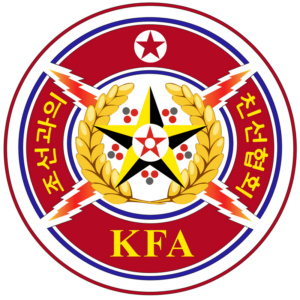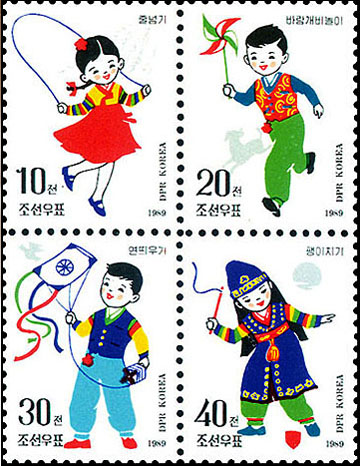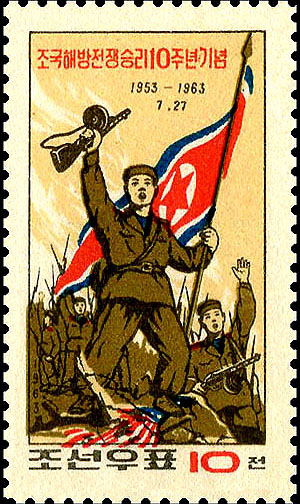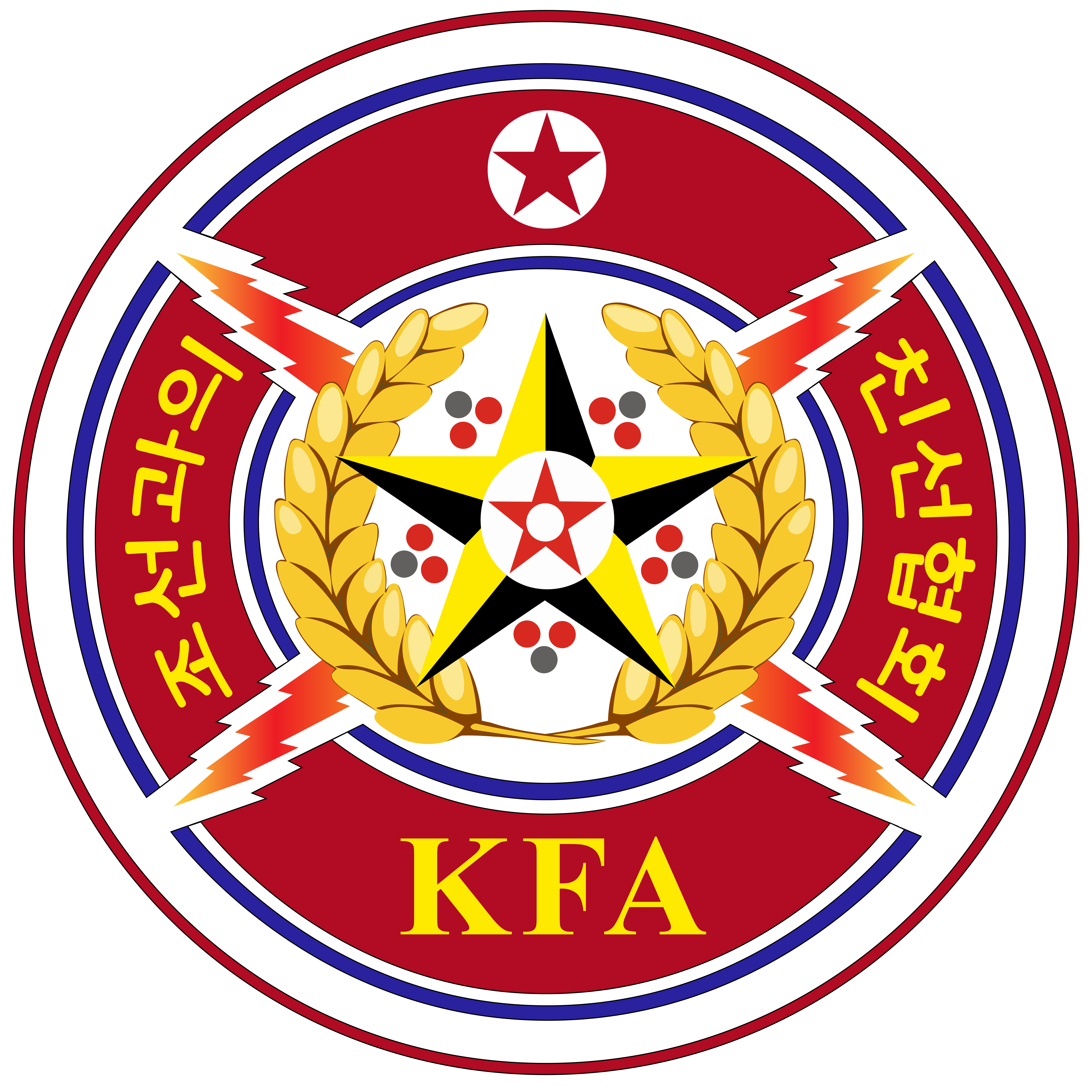News
Stamp Creator Jo Jong Gu
Jo Jong Gu (November 1938-May 2003) was a famous stamp creator of the Democratic People’s Republic of Korea.
He was born as a posthumous son in the southern half of Korea before national liberation (August 1945) from the Japanese military occupation. During the Fatherland Liberation War (June 1950-July 1953), he came over to the northern half of Korea and worked as an assistant engineer, before studying at Pyongyang University of Fine Arts.
From 1963, he started creating stamps. With his constructive idea, active coverage and earnest inquiry he designed many valuable stamps which instilled national pride and self-confidence into the Korean people and helped them know their country and the world.
Some of his masterpieces are Soldiers and National Flag (1963) in commemoration of the 10th anniversary of victory in the Fatherland Liberation War; Preschool Education (1967); Moran Hill in Pyongyang (1973); People of Koguryo Fond of Horse Riding (1979); Halley’s Comet (1985); Children’s Folk Games (1989); New Year Stamps of Juche 82 (1993) (1992); 400th Anniversary of the Victory in the Imjin Patriotic War (1998); and 45th World Table Tennis Championships (1999).
His stamps were met with the approval of experts and highly appreciated in the national stamp exhibitions every year for their graphic representation of the times, truthful contents and high artistic description.
He paid close attention to the feedback of people and philatelists on each of his stamps and contributed his postscripts to such publications as the then magazine Korean Stamp, thus never failing to get fair appreciation and opinions from readers.
Kim Hae Yong, department head of the State Stamp Bureau of the DPRK, said:
Jo Jong Gu loved stamps more than anybody else. He was very faithful to his job and devoted his soul to stamp creation. Sometimes, he would sit up all night to create a piece of stamp, drawing its draft even scores of times. Over 4 000 kinds of stamps have been produced in the country up to the year 2000 since its liberation, and his works amounted to more than 500 among them. This fact showcases his high creative zeal and ability. He was a talented artist with an ability to keep abreast of the world trend of stamp publication and collection and estimate the social, artistic and cognitive value of stamps.
He was awarded a diploma in the World Olympic Stamp Exhibition held in Italy in 1987. His stamp World Olympic Stamp Exhibition “OLYMPHILEX’87” was registered as an article of possession of the Olympic Museum in Switzerland.
In 1990, he presented an exhibit on the theme of “Sports World” to the 11th Asian Games, Beijing 1990 International Stamp Exhibition, which was awarded a medal, diploma and cup. His stamp Suspension Bridge between Sinuiju-Ryucho Island (1990) won the Asian Championships at the World Stamp Cup 92 held in France in 1992.
In 1992, he created the stamp Dr. Won Hong Gu and Birds, which carried a story that Sturnus sturnus, which was found and studied by Won Hong Gu, a renowned ornithologist of the DPRK, flied over the demarcation line and conveyed the news about the doctor’s son in south Korea. The publication of the stamp caused a great sensation among the people at home and abroad, and this marked a good occasion in making people have a better understanding of the value of stamp.
In 1993, Juan Antonio Samaranch, head of the International Olympic Committee, sent a letter to Jo, which read:
“Dear Mr. Jo Jong Gu
In the run-up to the 1992 Barcelona Olympic, the third Olympic prize stamp contest to be held in cooperation with the International Olympic Committee and the following stamp collecting organizations is going to confer gold, silver and bronze medals on those selected among the stamps issued by different countries around the world. The primary jury has recommended 12 stamps among those from different countries to be submitted to the international supreme judging committee.
It would be my greatest pleasure if you become a member of the supreme judging committee.”
This showed a due appreciation of Jo’s position in the world stamp circle.
He wrote the book Common Knowledge of Stamp.








